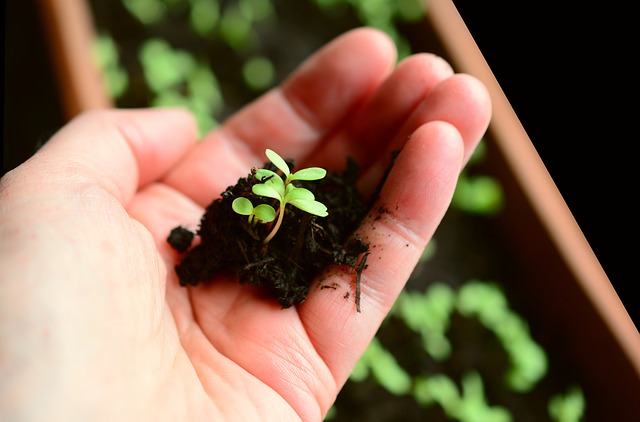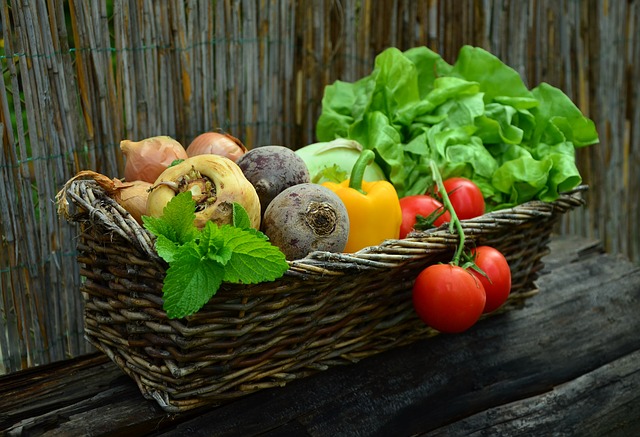Whether you just want a thriving garden or want to get something out of your garden, there are many problems that will surprise even the most experienced gardener. The key is to try again and again without giving up.
Choose what to grow
The key to success is deciding what you want to grow. You don\’t intend to plant vegetables you won\’t eat. Or you are not going to grow fruit trees if you are going to let the fruit rot anyway because of worms. Also decide how much time you want to spend in the garden. Because growing is not just planting and harvesting. It requires careful care during that time. You can read about how to do this in the following articles.
Finding the Right Place
If you know what vegetables you want to grow, you can look up the best growing conditions on a seed package or at a gardening store. Some plants need a warm, sunny location, while others do not do well in the sun. Therefore, the following tips should help you choose the best place to grow them. Certainly, plants will grow almost anywhere, but they will not grow as well or reproduce as well as they would in other locations.
Regular maintenance and care of vegetables
And now comes environmental preparation. Digging, fertilizing, removing stones, these are already the basics. Fertilizer is best if available. If not, compost or cultured soil can be used. Mix everything properly with the original soil and a spade. Some plants are sown and planted as they are, while others require pre-cultivation. Again, this is indicated on the seed package or the gardening staff will tell you. After the seedlings are planted, they may need to be watered daily, weeded, and fertilized.
When this happens…
Suddenly, the garden is infested with mold, some kind of insect, mice or slugs. An infestation of biting bugs is the second worst scourge after an infestation of biters. You can\’t get rid of the biting insects, so you have the option of surrounding everything with a small mesh net. Of course, the only way to get rid of the crawling insects is to use old-fashioned wisdom, such as collecting them, spraying them with granules, or lining them with a thick layer of crushed shells.
Another problem in recent years has been snipe. Here, unfortunately, we cannot afford not to spray the plants if we want at least some yield. Spraying before flowering, at flowering, and afterwards is a good idea at a minimum. This is because there is a protective period for spraying, after which it is not recommended to eat the plants or fruit.
If you decide to grow potatoes, beware of potato mandolins. Harvesting potatoes is well worth the effort. But the potato harvest is worth the labor.
And then there\’s the harvest
If planted well and the plants can withstand all kinds of pest and fungal infestations, you can expect a fairly rich harvest. Some crops can be harvested continuously, while others can be stored. How you handle your own fruits and vegetables is then up to your imagination.